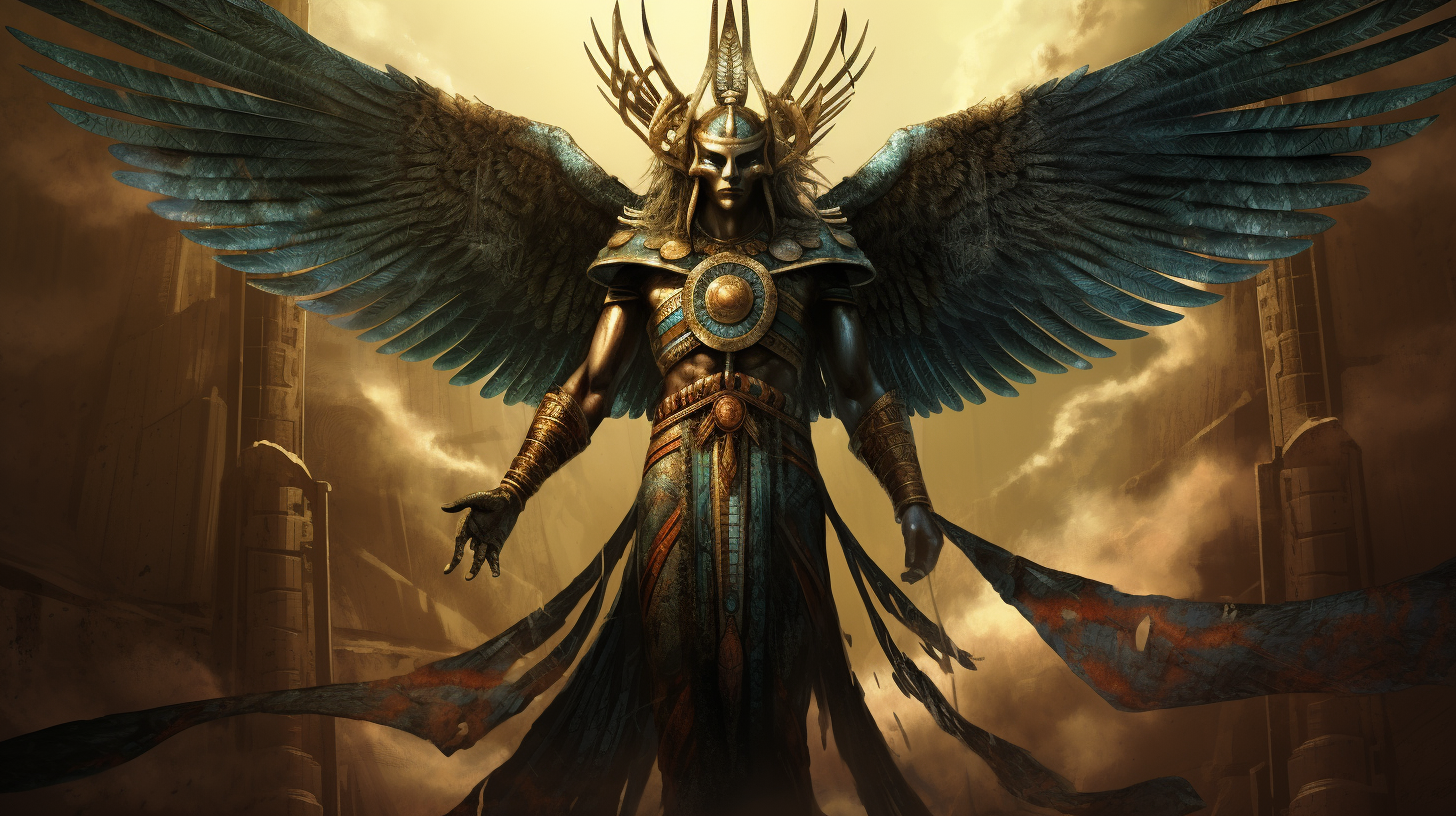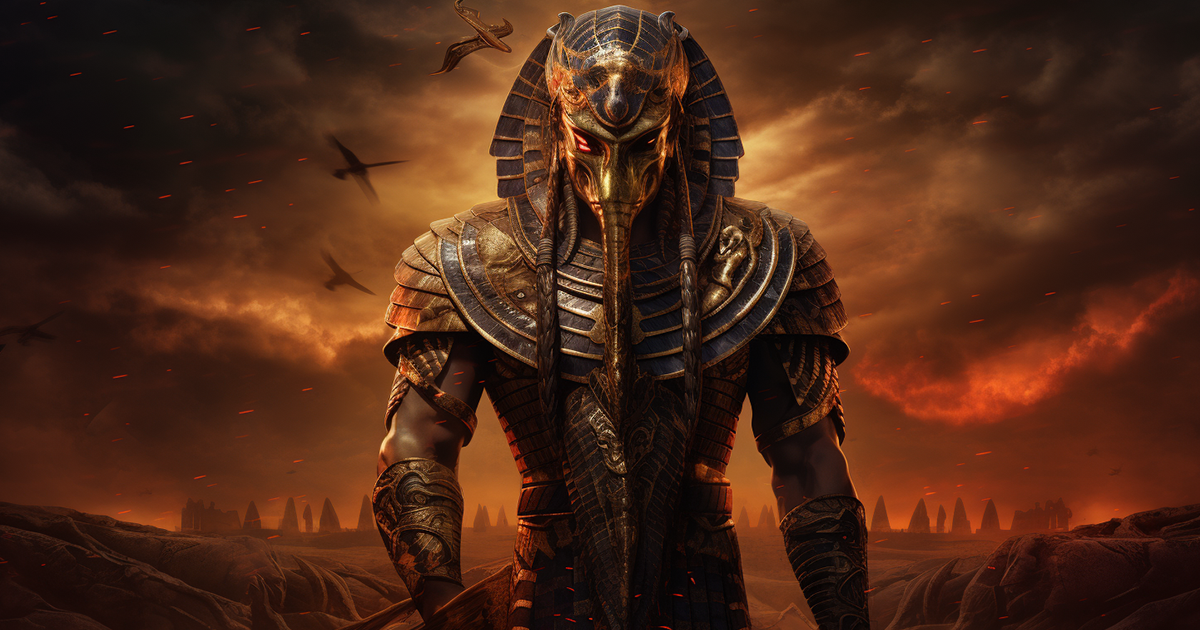The ancient Egyptian civilization has always fascinated historians and archaeologists with its rich mythology, incredible architectural achievements, and intricate hieroglyphics. While most people are familiar with the iconic pyramids and pharaohs, there is a lesser-known aspect of their culture that is equally intriguing – their cosmic beliefs and celestial connections.
One of the most captivating figures in Egyptian mythology is Ra, a deity who played a pivotal role in their belief system. According to Egyptian lore, Ra descended to Earth from the heavens, with his origins rooted in the stars. This divine connection between Ra and the cosmos served as a fundamental aspect of their religious beliefs. But who exactly was Ra, and what was the significance of his celestial origins?
Ra, often depicted as a sun god, represented the sun’s life-giving and sustaining qualities. Egyptians believed that Ra traveled across the sky during the day and embarked on a perilous journey through the underworld at night, only to be reborn with the dawn. His celestial nature was evident in his association with the sun, which was considered a celestial body that brought light, warmth, and life to the world.

However, Ra was not the only celestial being in Egyptian mythology. The Neteru, another enigmatic aspect of their belief system, adds depth to the cosmic narrative. These beings were often portrayed with wings and were believed to have descended from the sky. Their celestial connection was profound, signifying their divine origins and supernatural abilities.
The concept of celestial beings and gods descending from the stars raises intriguing questions about ancient Egyptian beliefs. Did they have knowledge of astronomy and the cosmos that allowed them to form such beliefs? Or were these myths simply allegorical representations of their spiritual convictions?
It’s essential to remember that the ancient Egyptians had a deep connection with the natural world and the forces that governed it. The sun, moon, and stars played vital roles in their daily lives, influencing their agricultural practices, religious ceremonies, and even their architectural designs.
While we may never fully unlock the mysteries surrounding the ancient Egyptians’ cosmic beliefs, it is clear that their mythology was deeply intertwined with celestial phenomena. Their reverence for Ra and the Neteru highlights their profound connection to the heavens and their desire to understand the mysteries of the universe.
In conclusion, the ancient Egyptians’ belief in gods with celestial origins, such as Ra and the Neteru, adds another layer of intrigue to their already fascinating culture. These myths demonstrate their reverence for the cosmos and their deep spiritual connection to the celestial bodies above. As we continue to explore the depths of Egyptian history, we may uncover more clues about their cosmic beliefs and the role they played in shaping their civilization.

26 thoughts on “The Mysterious Egyptian Mythology: Gods, Stars, and Celestial Origins”
Comments are closed.